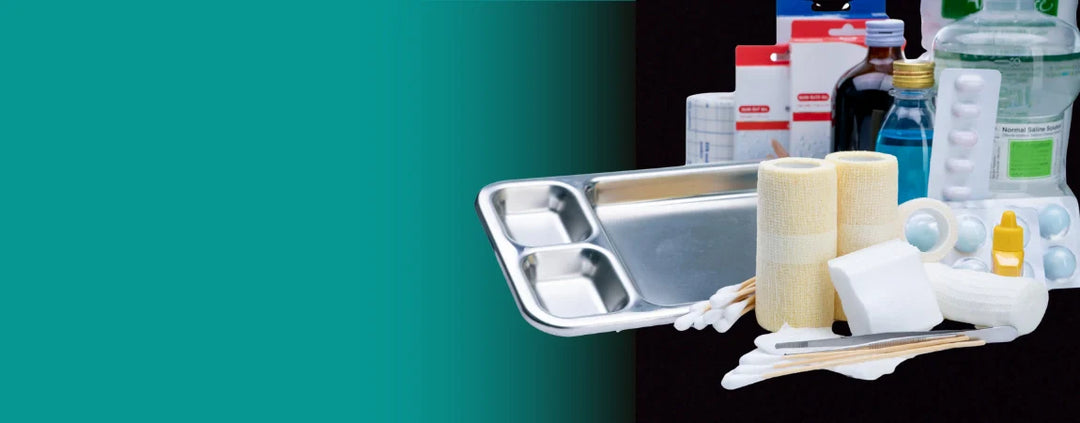Continue reading to learn more about acne scarring and to discover how the power of medical grade silicone can prevent and reduce various scar types.
Acne scarring
Most of us experience the common pimple that develops frequently during our youth and occasionally throughout adulthood. These pimples typically have a transient lifespan that lasts only a few days and can be managed by washing the face. When pimples accumulate and develop on more than one area of the skin, we call this an acne breakout. Acne, also known as acne vulgaris, can form on the skin as blackheads, whiteheads, and pimples, all of which can lead to possible scarring. These surface blemishes are considered chronic, inflammatory skin conditions that affect up to 50 million Americans each year.
Acne forms in response to clogged pores that become congested with oil and dead skin cells. Pores are small channels or ducts that connect sebaceous glands to the surface of the skin. Pores contain hair follicles and work in conjunction with sebaceous glands to produce an oily substance called “sebum” that hydrates and protects the skin. But the same mechanisms that work to keep our skin healthy can also lead to acne. A bacterium called P. (Propionibacterium) acnes, an abundantly present skin flora, is thought to be associated with the formation of acne. Acne bacteria can manifest in clogged pores and trigger inflamed, reddish, and puss-filled pimples. This is the reason antibiotics are sometimes prescribed for severe acne.
In some cases, acne production and formation can become so severe that it infringes on daily life. This kind of acne can sometimes be classified as cystic acne. Cystic acne is recognized by large, puss-filled cysts on the face, chest, or back that are red in color and painful to the touch. This dermatologic condition often affects large areas of the skin and can last for several years. Causes of cystic acne are varied, but some underlying factors that precipitate this condition may be linked to genetics, hormone imbalances, and diet. It’s important to seek medical attention as soon as a breakout occurs to prevent significant scarring and further infection.
Acne scarring develops when deep breakouts penetrate the dermis (middle layer) of the skin. The same mechanisms of action that work to repair typical wounds from injury or surgical incisions are also associated with acne wounds. Wound healing is marked by four distinct stages: hemostasis, inflammation, proliferation, and maturation. The final stage, maturation, is characterized by tissue remodeling and scar formation. All wounds, if deep enough, will culminate in a scar—the sign of a healthy skin-repair response. Acne scarring can either become raised, in the form of keloids and hypertrophic scars, or sunken, in the form of atrophic scars. Raised scars are the result of excess collagen production, whereas atrophic scars are associated with collagen loss.

Acne scar management
Medical grade silicone is a clinically-proven topical solution for the prevention and management of keloid and hypertrophic scar formations. Topical silicone is designed to flatten and soften raised scar tissue by inducing hydration and regulating collagen synthesis. Deep wounds trigger excessive moisture loss, and skin cells will often work overtime to rebuild and repair damaged tissue through the overproduction of collagen. Medical silicone gives the user advantage over the wound-healing process by amending these issues that lead to raised and discolored scars.
Having withstood clinical testing for over 30 years, medical grade silicone is trusted by dermatologists and surgeons around the globe. Products are affordable and easily attainable online, with a variety of options to choose from. Products like Pro-Sil Silicone Scar Sticks and Epi-Derm Silicone Gel Sheets are designed specifically for facial and acne scarring. These items come in an array of shapes, sizes, and colors, and the sticks can be purchased with or without SPF.
Biodermis is an innovative market leader with 30 years of expertise in the medical silicone industry. Visit Biodermis.com today to explore a complete range of scar management and post-operative care solutions.
PHYSICIANS AND MEDICAL PROFESSIONALS: REFER OR RESELL? Biodermis offers custom tailored referral programs designed to simplify and reduce the cost of your patients' post-op care. Additionally, we offer professional pricing if you opt to retail our products. Give us a call at 800.322.3729, and we will be happy to provide additional details on these programs.


